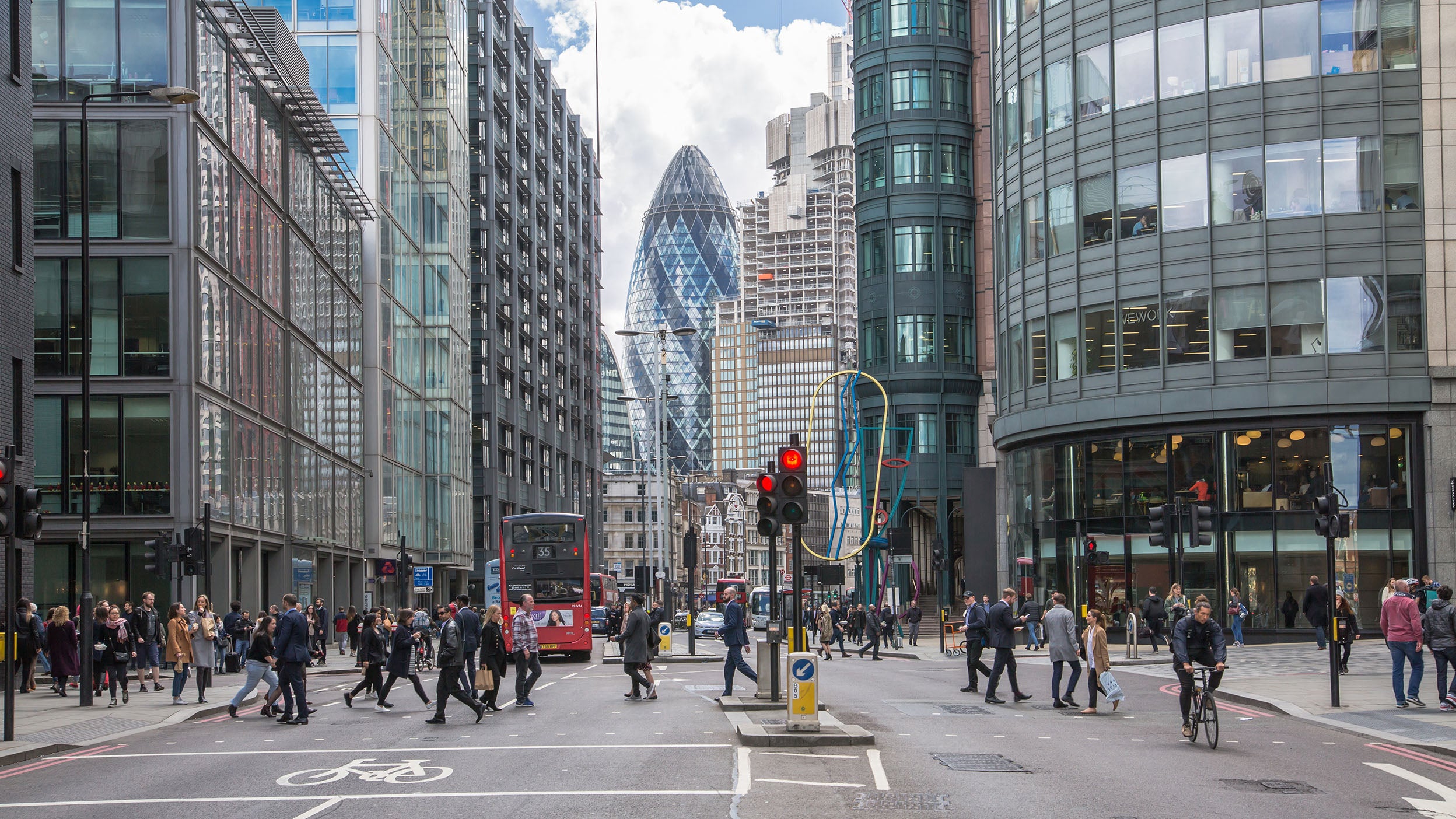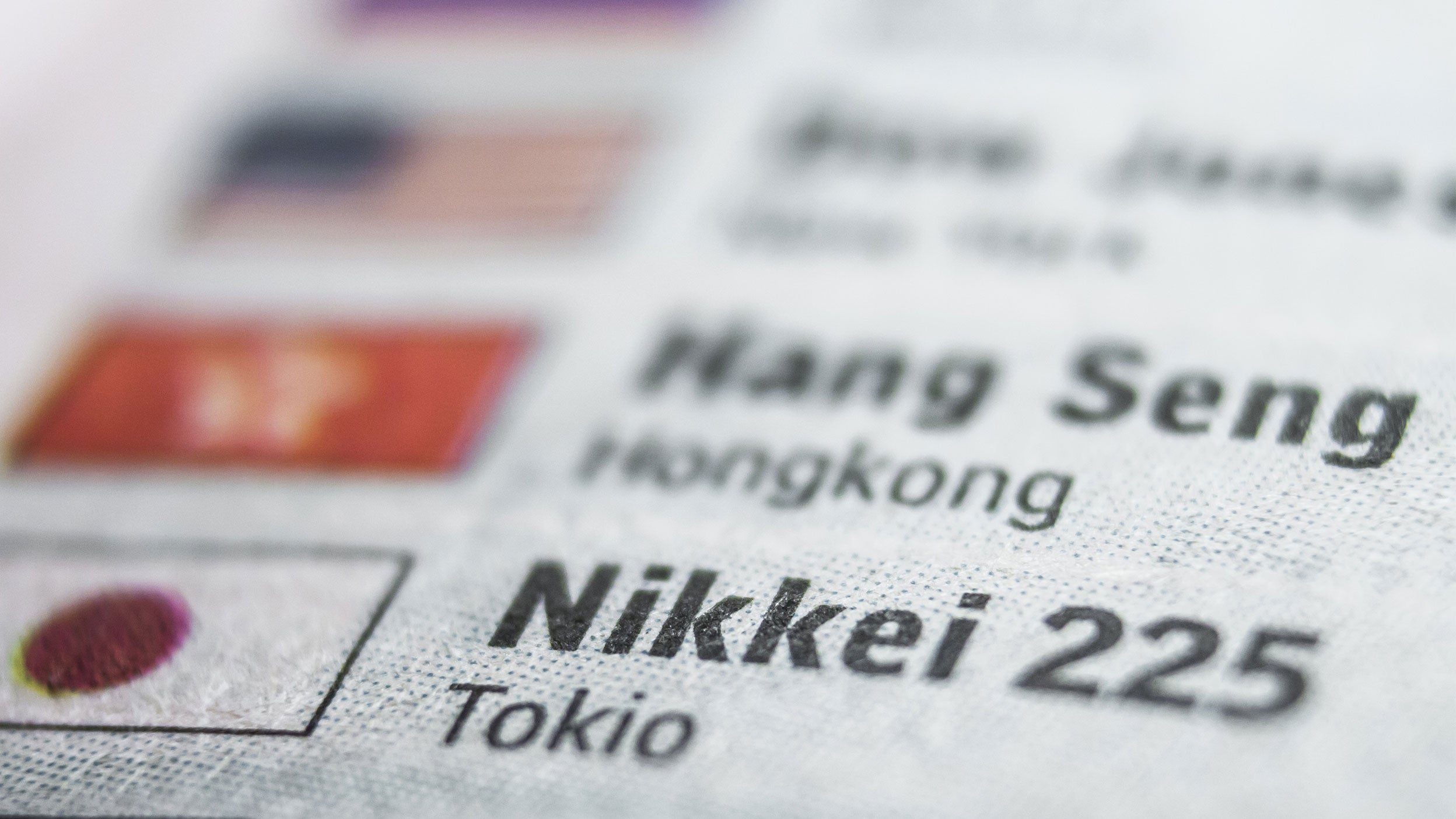
Uncommon truths - Central banks in a pickle
We think tapering is off the agenda for 2021 and believe that central banks may purchase increasing amounts of assets. Find out more

More than 30 years after the previous peak, we wonder if the Nikkei could set a new all-time high this year. Central banks could make it happen but without multiple expansion it may take until 2026.
With an abundant supply of liquidity, bubbles are appearing everywhere and two collided this week when Elon Musk had a love-in with Bitcoin. With the Nikkei 225 on the brink of passing 30,000, we are reminded of the mother of all bubbles that took 20 years to unwind.
Those who were around at the time will remember that Japanese equities seemed invincible in the late 1980s. The Nikkei 225 reached a closing peak of 38,916 on 29 December 1989. According to our calculations, that put the Japanese equity market on a cyclically-adjusted PE (CAPE) of 93 (based on Datastream indices and using a 10-year moving average of earnings). By comparison, we reckon the US CAPE reached a peak of 49 in early 2000 (during the dotcom bubble).
Amazingly, the Nikkei didn’t bottom until 10 March 2009 (at 7,055), almost 20 years after the peak, taking the CAPE to around 19. In the subsequent 12 years, the index has recovered nearly three-quarters of the ground lost during that 20-year slide (the CAPE is now around 22, versus 38 in the US).
As has been the case elsewhere, we suspect that Japan’s equity market recovery from that 2009 low has been aided by central bank asset purchases (and not just those of the Bank of Japan). Such asset purchases accelerated again with the onset of the Covid pandemic and have been an important factor behind the 79% gain in the Nikkei 225 since the low of 19 March 2020.Markets have also been helped in recent months by the good news on vaccines and what that implies for economic recovery. Interestingly, Japan seems to be in no hurry to start the vaccine rollout, with the first vaccinations (for healthcare workers) only now about to be administered (see this from The Japan Times). Further, the rollout to old and vulnerable parts of the population is not expected to start until early April, whereas the UK is about to complete the inoculation of its over-70s. However, procurement arrangements suggest it will have enough doses for the total population by June and many local governments are expecting to have completed the rollout by the end of September (for those willing to be vaccinated).
Apart from caution in the vaccine approval process, perhaps Japan feels less urgency than many other developed countries because it has been able to better control any outbreaks. For example, Japan has recorded less than 7,000 Covid deaths in total. Further, according to data from Johns Hopkins University, its Covid mortality rate has so far been 5 per 100,000 people, versus 173 in the UK and 144 in the US. Even better, that has not been achieved by sacrificing economic growth: Japan’s year-on-year GDP growth is set to have been around -1.9% in 2020 Q4 (if consensus estimates prove to be correct when data is published on 15 February), compared to -7.8% and -2.4% in the UK and the US, respectively (UK and US data has already reported).
Based on the above, it may be believed that Japan has little to gain from vaccine rollout compared to other countries. However, it should help with the eventual opening of the country to the outside world, though whether the Tokyo Olympics can go ahead as planned in July/August is to be seen.
From a stock market perspective, perhaps the most important question is how long it will take the Nikkei 225 to set a new all-time high? That would require a 32% gain from current levels. That sounds a lot but given the 79% jump since the pandemic low it could happen very quickly.